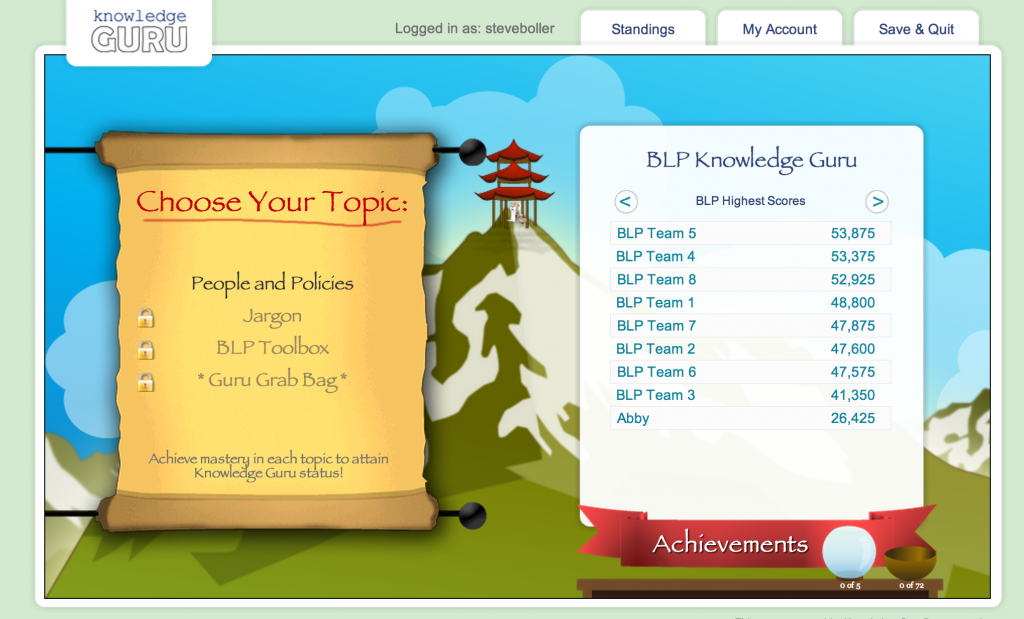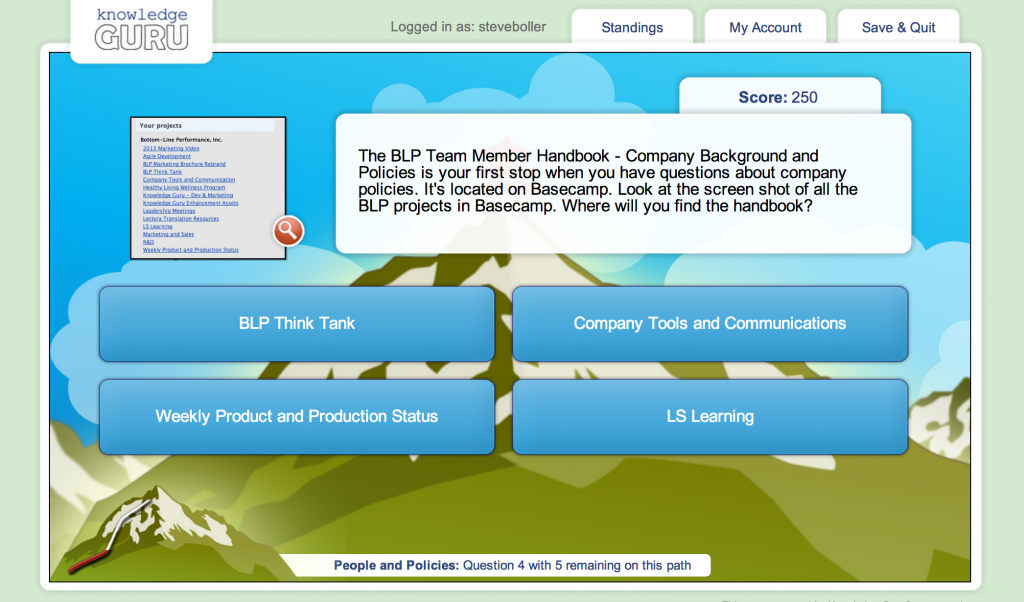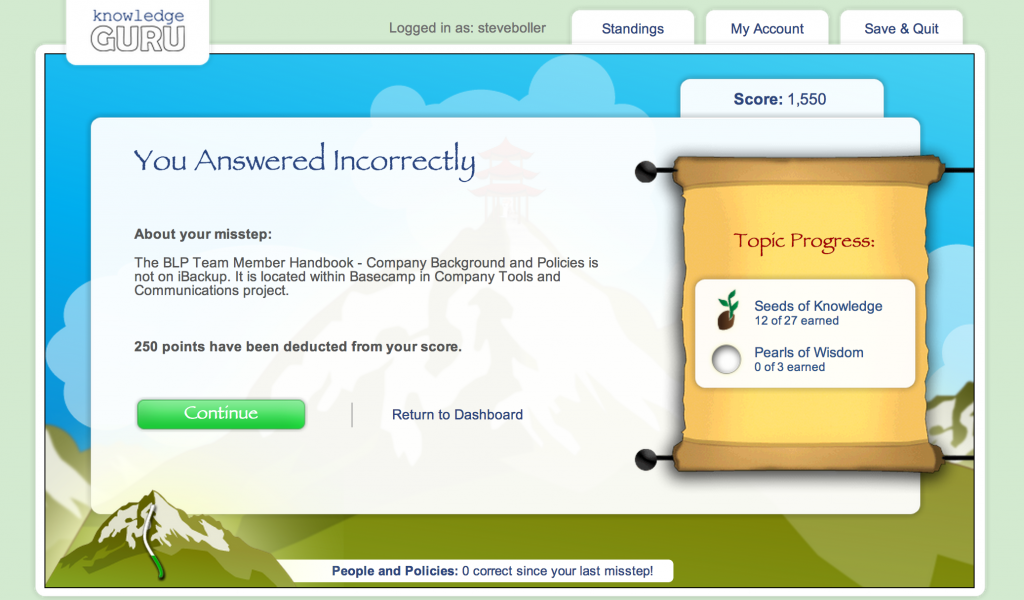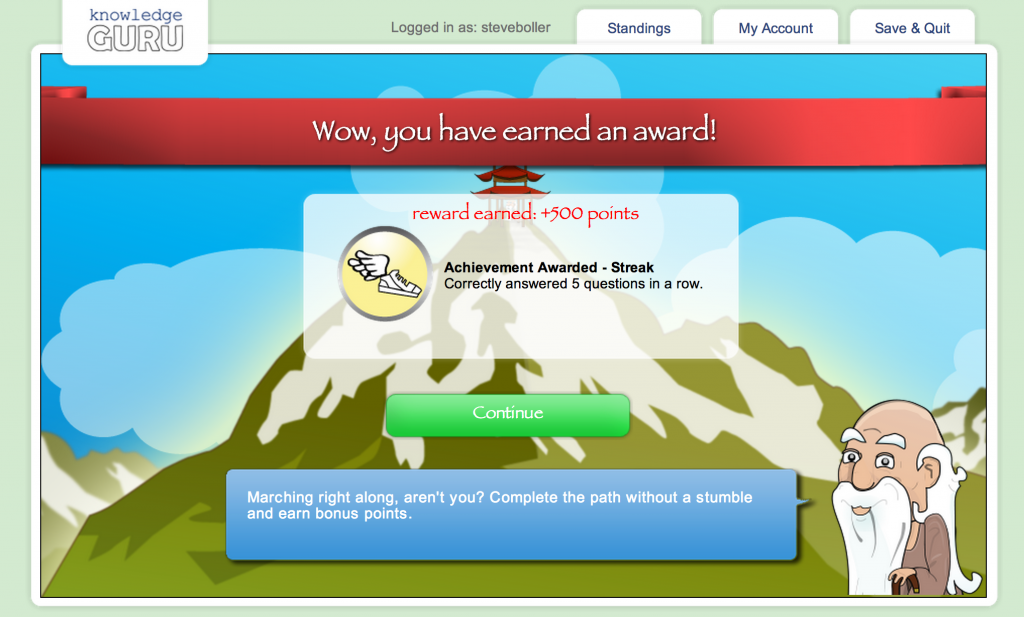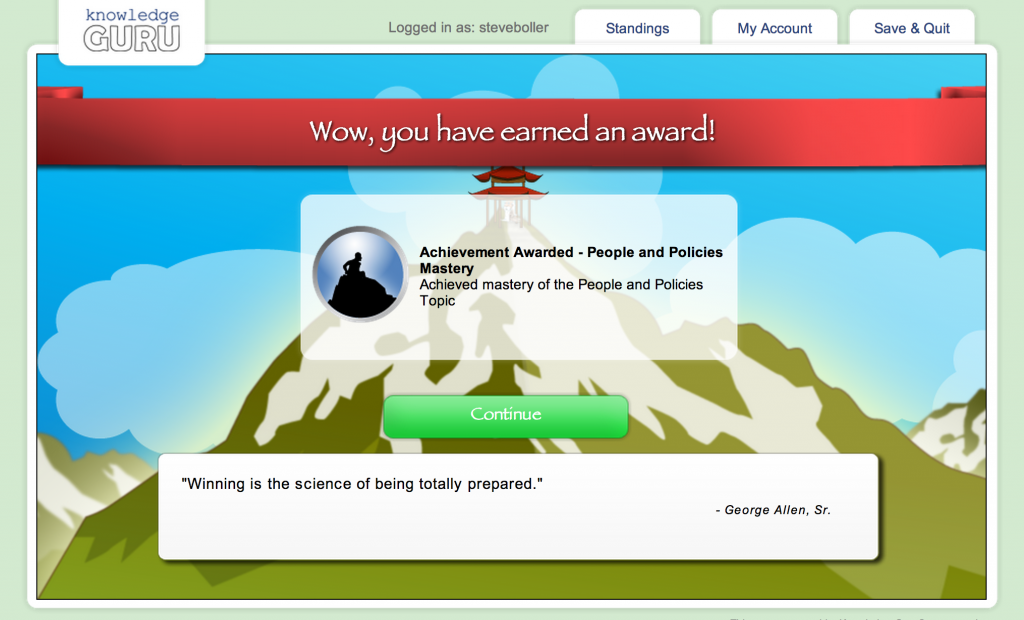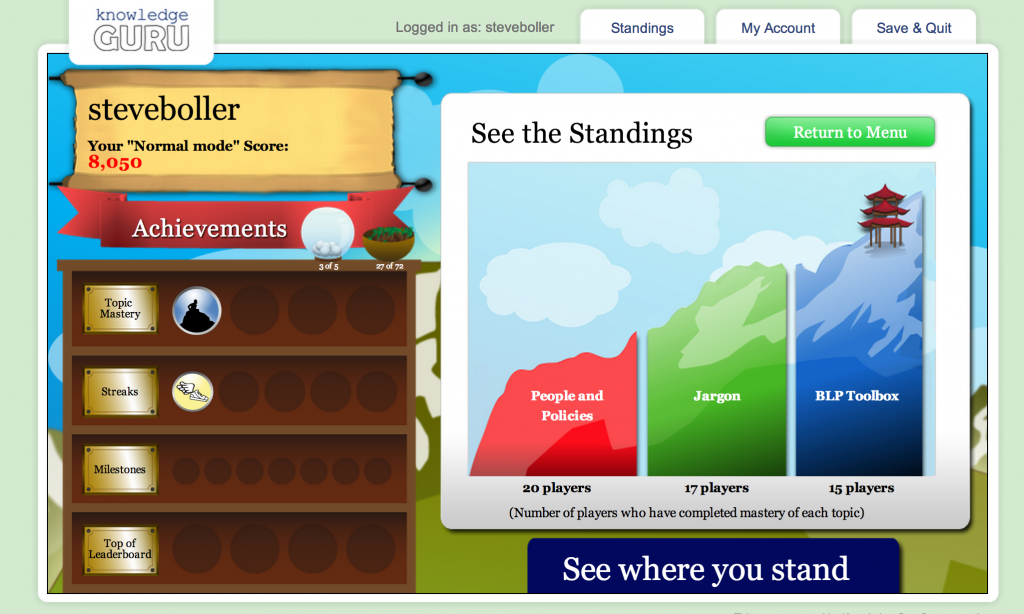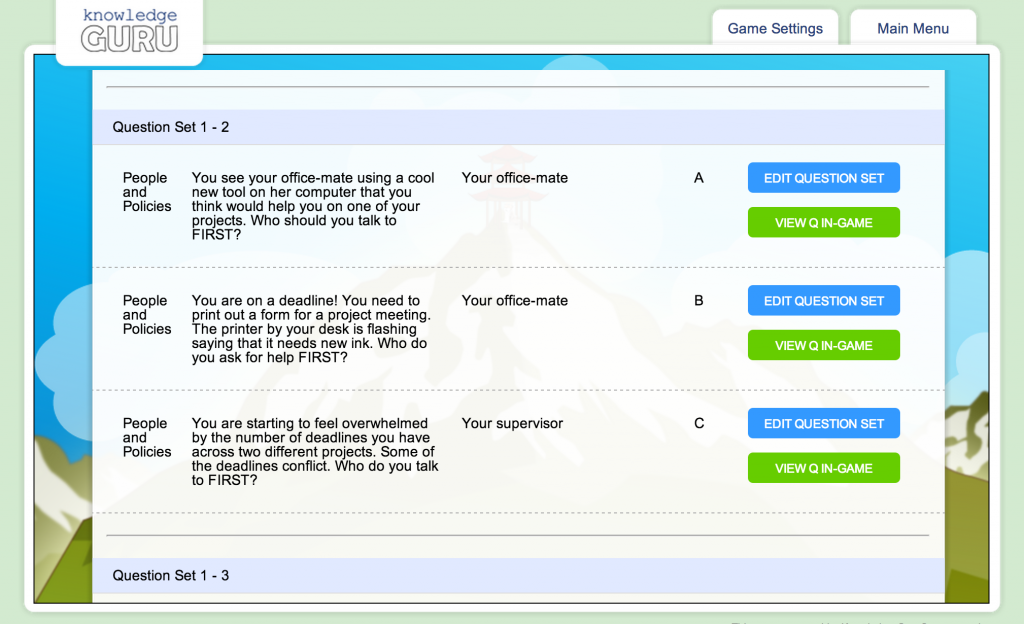How to Make Employee On-boarding Memorable… In a Good Way

New employee on-boarding is hard on both the new hire and the manager. Most companies have a metaphorical onion of jargon, policies, procedures, and culture mores, and it can take weeks or even months for new employees to feel comfortable and be productive.
Large organizations have a dedicated HR department that updates the policies and procedures these employees need to know… and there are probably quite a few of them. Small organizations may not even have an HR department, leaving it to the new employee’s manager to get them everything they need quickly.
Either way, starting a new job often means rapidly acquiring huge amounts of new knowledge and skills. Some of this learning is directly related to job performance, while the rest is based on finding the right information, following the right processes and understanding the “company vernacular.”
Even companies with a well-developed “Corporate University” or fleshed out on-boarding program run into problems when new hires fail to remember what they learned in those introductory courses and sessions. Without proper reinforcement and spacing of key concepts, new employees will quickly forget the flood of new information. Instructor-led sessions and eLearning courses, even when well designed, fall short in driving true retention.
New research has shown that Ebbinghaus’ famous Forgetting Curve, which can approach 90% in lost information, is dependent on prior skills and experience. Learners with a prior framework for the new knowledge may only forget 30% without reinforcement, for example. Since new employees are usually new to the company, they are likely to fall closer to that 90% level of forgetting. When the policies and procedures actually matter, this becomes a huge problem for organizations to solve.
How We Fixed Our On-boarding Program
Our company, Bottom-Line Performance, has experienced nearly 100% growth in the last 2.5 years. We are still a small operation (just under 30 employees), but the growth has been rapid. While managers have traditionally handled the on-boarding and created 30 and 90-day programs for their new employees, our company has struggled to help new employees “learn the lingo” and understand basic processes and procedures. In the past, most folks have learned by piecing information together from various co-workers. They learn the ropes eventually, but the feedback is often “I wish I would have felt more comfortable learning and following the processes and terminology in the first three months.”
Our solution? Use our Knowledge Guru game engine to create a “BLP Guru” game to teach process, procedures and jargon! Employee on-boarding information is well-suited for the spaced repetition-based game engine.
Basics of using Knowledge Guru for on-boarding:
- Our game covered policies and procedures, jargon and the “BLP Toolbox.” We wove workplace scenarios into all the topics.
- New hires review the handbook, then play the game with handbook close by. The game reinforces concepts that may have been explained by a manager and also teaches new concepts.
- The feedback provided for incorrect responses helps employees avoid embedding incorrect information.
- Achievements, leaderboards and the “See the Standings” page give new hires a sense of connection and camaraderie (plus some needed motivation!)
- The iterative questions and spaced repetition reinforce key learning objectives we identified as essential for all new hires to know or do.
- When job titles, tools and policies change, we are easily able to update the game content (or change to a new game entirely) in the admin dashboard.
Scroll through the screenshots below to see some highlights of the BLP Guru Game. You can also request a demo for a complete walkthrough of how to use Knowledge Guru in an employee on-boarding program.


